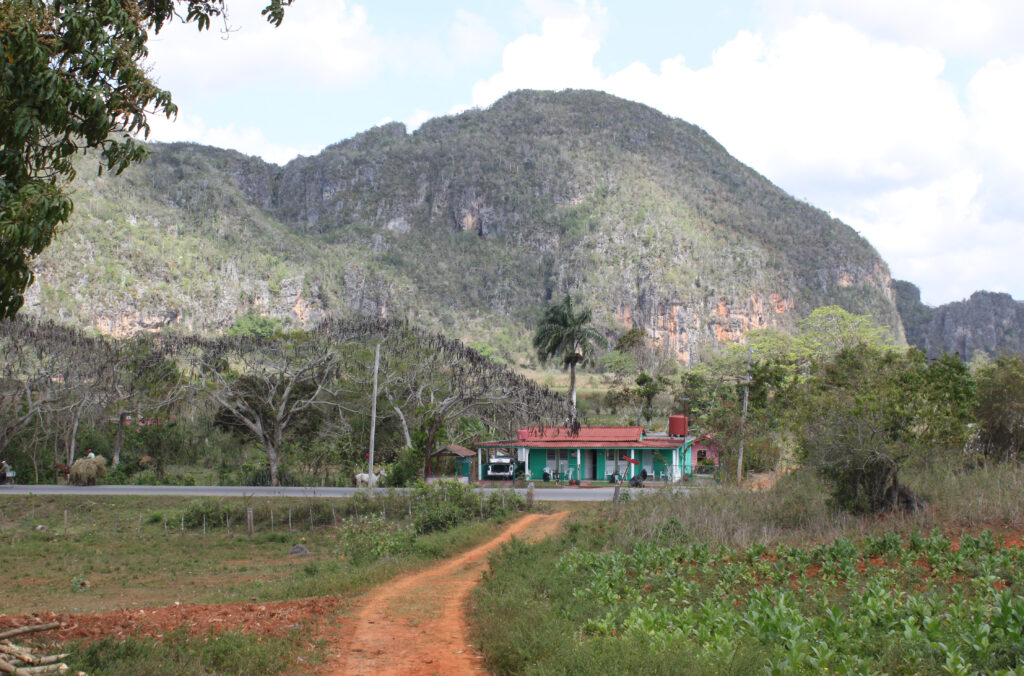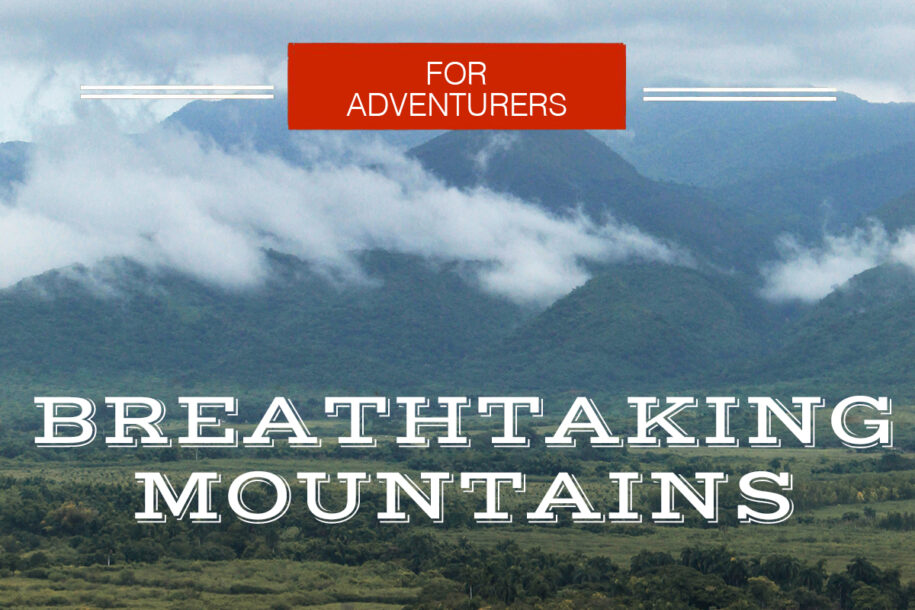Do you like to go climbing when you take a vacation? If you appreciate a little more adventure while on vacation, you might get out into nature for some actual climbing, unable to resist the temptation of those hills and mountains in the distance. Here we discuss some of the most breathtaking mountains in Cuba for adventure travelers.
The mountains in Cuba are certainly not amongst the highest or the most dangerous in the world, and if you need to feel that particular kind of thrill, you’re better off heading to the Alps or the Himalayas. But Cuba still has an impressive amount of hills and mountains on offer for what is a rather small country in the geographical sense.
So for when those hills start calling your name, it’s time to take a look at the best climbing adventures in Cuba.
Before You Start Climbing the Mountains in Cuba
There are few things you should be aware of before you start to explore all those wonderful mountains in Cuba.
- Cuba can be extremely humid, and so it’s important to stay hydrated. Bottled water is necessary, and yet is not always so easy to find. When you find a place that sells reasonably priced bottled water, be sure to stock up so that you have a ready supply while on your mountain adventure.
- The humidity (when combined with physical activity) can result in swollen feet. You should bring a supply of band aids/sticking plasters in case of blisters. Band aids can be quite hard to track down in Cuba, so please bring them in your luggage.
- The rainy season generally runs from May until October. It’s not as though you can expect constant rain, but brief and intensive downpours can be quite common in the evenings. Bring a waterproof plastic poncho (with a rain hood).
- The rainy season is also the peak time for mosquito breeding. Be sure to bring some insect repellant. Again, this is quite hard to find in Cuba so please bring some from home.
Now let’s take a look at the best mountains in Cuba for climbing.
1. Escambray Mountains
Head to Trinidad if you want to see the Escambray Mountains, which are situated in the center of Cuba. Just outside of Trinidad is the Valle de los Ingenios (the Valley of the Sugar Mills), which is a grouping of abandoned mills from Cuba’s sugar production.
The foothills of the mountains start at the edge of the Valle de los Ingenios, and you should at least hike up into the hills for a panoramic view of the valley and the disused buildings. This range certainly contains some of the most astounding mountains in Cuba.
2. Sierra Maestra
It’s now an area of profound beauty, but the mountains of Sierra Maestra were not always so peaceful. Fidel Castro and his allies hid in the area in the years before the revolution, and clashes with government forces were a regular occurrence. Located in Guantanamo Province, the Sierra Maestra is home to Pico Turquino, the highest of the mountains in Cuba. At 1974 meters (6476 ft), it’s certainly not something that you can climb on a casual visit. Stick to the lower ranges and foothills.
3. El Yunque
When seen from a distance, there’s just something about El Yunque that makes you want to climb it. It’s a table top mountain, meaning that its peak is rather flat and sprawling. It looks over the town of Baracoa, and you can easily arrange a guided tour of the mountain from here.
El Yunque was in fact documented by Christopher Columbus when he first visited Cuba in the late 1400s. El Yunque means “The Anvil” and you can certainly see where the mountain got its name.
4. Pan de Guajaibón

A short distance from Havana, the village of Viñales is a popular day trip. Viñales is where the Sierra de los Organos mountain range begin, which combine with the Sierra del Rosario mountain range before becoming the Cordillera de Guaniguanico mountain range.
Pan de Guajaibón is the highest point of the Cordillera de Guaniguanico, and at 699 meters (2293 ft), it is certainly climbable for those with suitable experience. Those who are not such accomplished climbers might want to stick to the more gentle peaks of the Sierra de los Organos. These hills and mountains give you a remarkable view over the tobacco fields located in and around Viñales.
5. Cuchillas del Toa
While not particularly high, the “Ridges of Toa” are a breathtaking experience. You have many entry points to choose amongst the 2083 square kilometers (804 square miles) of the nature preserve which is home to the mountains. It’s located in the Guantanamo Province but also extends into the Holguin Province.
It’s ideal for hiking, and the most glorious spots are located by the shore as the nature preserve actually includes a lot of the surrounding ocean. Some areas around the Cuchillas del Toa are not protected and are used for cattle farming, making them less pretty.
But it’s not so difficult to escape signs of human habitation on a guided tour of the region. The isolated nature of many parts of the nature preserve were beneficial for escaped slaves who hid in the area, after running away from nearby plantations in the 1800s.
